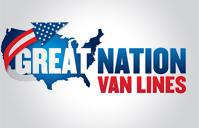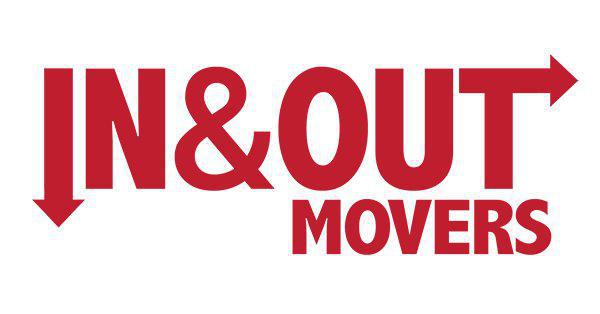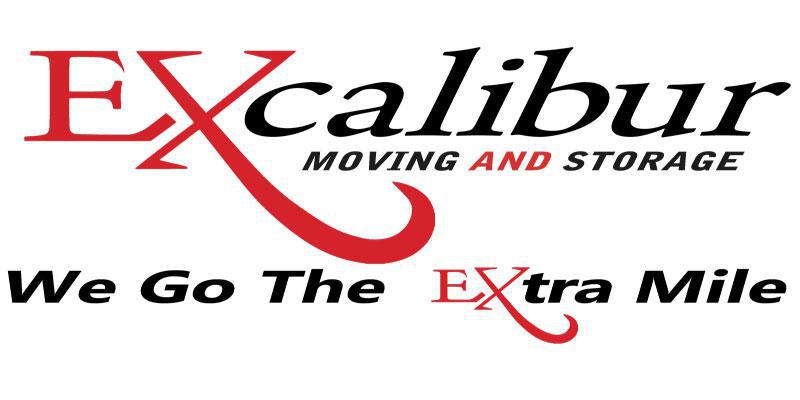Maryland Movers Top Rated
(888) 787-7813267 Movers in Maryland
Page 1/18
The Best Maryland Movers, See Below
Moving companies in Maryland are everywhere. How do you know when you're choosing the right local movers Maryland has to offer? When looking for the top professional movers Maryland boasts, it's good to know how movers in Maryland are ranked. All the residential movers Maryland has will outshine office movers in Maryland. That doesn't mean those office movers Maryland are nonexistent. Moving companies in MD offer services at every level. Local movers in Maryland cover the towns that are the closest, whereas a long distance moving company in MD takes care of longer relocations.
We have interstate Maryland moving reviews to help you scout out the top Maryland interstate movers. Additionally, we have local moving company reviews, which makes it a snap to find the best Maryland movers. Make sure to get a free moving quote from our online quote generator, which will reveal a Maryland movers cost estimate. You'll be able to decipher discount relocation rates for the best Maryland priced movers. Keep reading! Moving Authority is your place for moving tips, relocation checklists, and guides to make the process smoother.
Finding a trustworthy American moving company isn't as difficult as you may think. With an abundance of Maryland moving company reviews, you can find local movers and self-service movers to move your furniture with ease. But what about Maryland long distance movers? If you're looking for free moving estimates on longer journeys with the best car transport in Maryland, look no further. Get a moving cost estimate today from Moving Authority, completely free of charge. You'll be on your way to a smooth move in no time.
The Price Is Right: HOW TO BUDGET FLAWLESSLY FOR YOUR MOVE
- First things first: check your bank account. The money you have on hand and in savings won’t magically increase, so your expectations need to be in line with how much you can realistically spend so that you have a safe amount left over.
- Once you determine how much money you can spare for your move, you need to assess the amount of moving services MD you need. Are you just one person moving? A whole family? A small business? Knowing the level of service you require will help you find a moving company Maryland has on offer to suit your needs.
- Next up: look at the distance between Point A and Point B. Are you staying local? Moving from coast to coast? Understanding how far your movers need to go and the time it will take is essential to nailing down an option to fit your price range.
- Okay, so you’ve identified your price point, the services you need, the distance you’re moving; now you need to research moving companies in the area. Here at Moving Authority, we connect customers with movers all over the USA, as well as provide reviews written by previous customers so that you can know exactly how a moving company operates.
- Allow a little bit of wiggle room in your budget. You never know when a surprise expense will pop up, and the only way to be prepared for these types of surprises is to be flexible.
4 Secret Spots in Maryland You Have to See For Yourself
- Betterton Beach—Betterton
- Lilypons Water Gardens, Adamstown
- South Mountain Creamery—Middletown
- Vintage Red Barn—Fulton
Where to Take Kids in Baltimore for the Best Day Ever
- Terrapin Adventures: from
zip lining to climbing towers, your kids will love to run around here. - Great Wolf Lodge: rain or shine, this indoor waterpark will make a splash with the kids.
- Ripley’s Believe It Or
not : people of all ages will be astounded by the facts in this branch of the world’s quirkiest museums. - Maryland Science Center: your kids will expand their minds while having fun!
3 UNEXPECTED THOUGHTS DURING A MOVE — And How To Combat Them
- “This will take forever.” If you’re looking at all your stuff and wondering how in the world you’ll get everything sorted and packed in time, don’t stress. If you feel anxiety, the task at hand will feel even more arduous. Do yourself a favor and think of sorting all your things as a fun way to look back at memories. Involve your partner, your family, or your friends and reminisce about all the times you’ve had together with the stuff you’re processing. This way, it doesn’t seem like such a burden to sift through everything you own.
- “I have ALL THIS stuff?!” Now that you’ve gone through all your things, had some laughs, maybe shed some tears, it’s time to decide what you want to keep and what you want to discard. Memories are priceless, so anything that feels like a part of you should be kept. If you haven’t used an item in 6-12 months, it’s a safe bet that you don’t need it. If you’re still unable to part with a lot of your stuff but you don’t want to move it with you, do yourself a favor and look into storage options with the moving company you choose. This way, you get the best of both worlds: a streamlined move as well as the ability to visit your extra stuff and walk down memory lane anytime you want.
- “Moving is expensive!” Yes, moving companies MD can cost a lot upfront, but it’s best to look at the big picture when you’re surprised at the cost of your move. Usually, when a person relocates, it’s for a financially lucrative reason (promotion, moving in with a partner, etc). The money you pay for Maryland movers is generally an investment in whatever fiscal advantage you’re setting up for yourself later on.
Movers By City in Maryland
Do you know?

- A moving company, removalist, or van line are all companies that help people as well as other businesses to move their goods from one place to another. With many inclusive services for relocation like packing, loading, moving, unloading, unpacking and arranging of items can all be taken care of for you. Some services may include cleaning the place and have warehousing facilities.
- According to the U.S. Census Bureau, 40 million United States citizens have moved annually over the last decade. Of those people who have moved in the United States, 84.5% of them have moved within their own state, 12.5% have moved to another state, and 2.3% have moved to another country.
- In the United States and Canada, the cost for long-distance moves is generally determined by a few factors. The first is the weight of the items to be moved and the distance it will go. Cost is also based on how quickly the items are to be moved, as well as the time of the year or month which the move occurs. In the United Kingdom and Australia, it's quite different. They base price on the volume of the items as opposed to their weight. Keep in mind some movers may offer flat rate pricing.
- Many people are familiar with this type of moving, using truck rental services, or borrowing similar hardware, is known as DIY moving. Whoever is renting a truck or trailer large enough to carry their household goods may obtain moving equipment if necessary. Equipment may be items such as dollies, furniture pads, and cargo belts to protect furniture and to ease the moving process.
- As most people have experienced, moving does involve having the appropriate materials. Some materials you might find at home or may be more resourceful to save money while others may choose to pay for everything. Either way materials such as boxes, paper, tape, and bubble wrap with which to pack box-able and/or protect fragile household goods. It is also used to consolidate the carrying and stacking on moving day. Self-service moving companies offer another viable option. It involves the person moving buying a space on one or more trailers or shipping containers. These containers are then professionally driven to the new location.
- There many reasons for moving, each one with a unique and specific reason as to why. Relocation services, employee relocation, or workforce mobility can create a range of processes. This process of transferring employees, their families, and/or entire departments of a business to a new location can be difficult. Like some types of employee benefits, these matters are dealt with by human resources specialists within a corporation.















